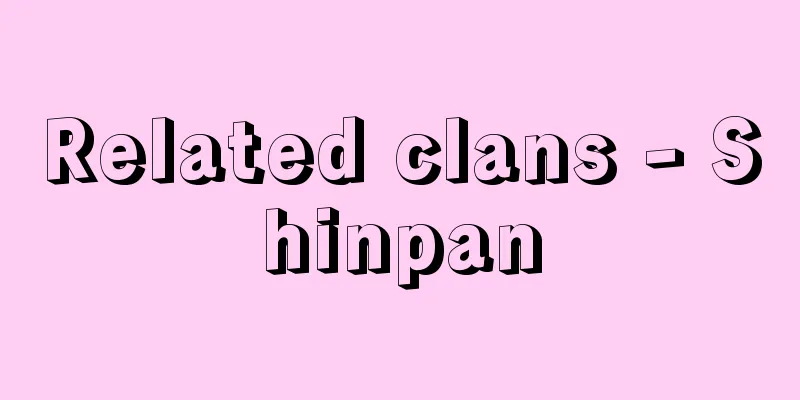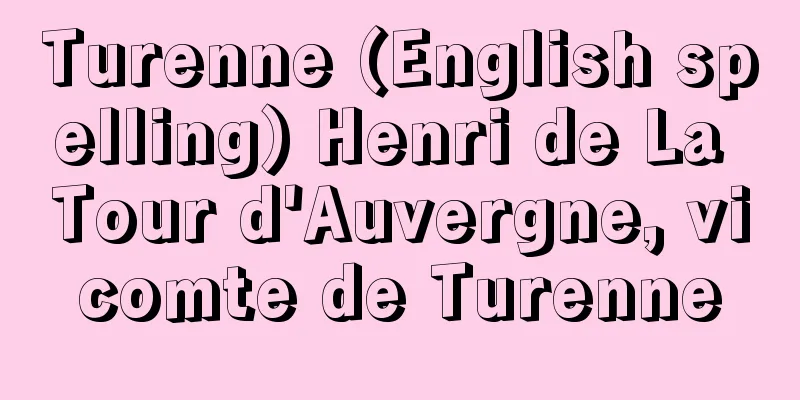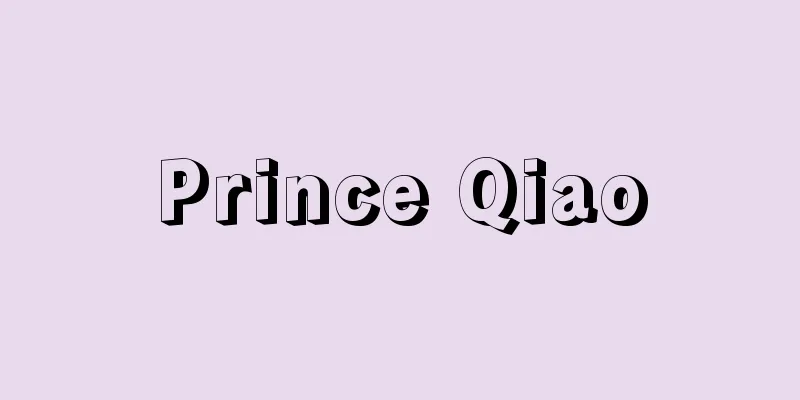Hishikawa Moronobu

|
An ukiyo-e artist from the early Edo period. He is a representative artist of the early ukiyo-e period and the founder of the Hishikawa school. He was the son of Hishikawa Kichizaemon, a sewing and foil artist from Hota Village, Heguri County, Awa Province (Kyonan Town, Awa County, Chiba Prefecture). He was known by his nickname Kichibei, and in later years he shaved his hair and called himself Yuuchiku. He was already active as an ukiyo-e artist in Edo around 1670 (Kanbun 10), but his earlier period of practice and his teacher lineage are unclear. As he later referred to himself as a "Yamato-e artist," it is believed that he was based on the Tosa school of town artists, but also absorbed various schools of Chinese painting and Chinese prints, and created a new style known as the Hishikawa style. His depictions of the customs and customs of the times, with their broad-mindedness and grace, refined lines and colors, and solid and appropriate composition, were universally praised and earned him the title of master and founder of ukiyo-e. He left behind over 100 picture books and illustrated books, over 50 erotic books, and sets of pillow pictures, famous places, and Joruri pictures. A considerable number of his original paintings, including scrolls, folding screens, and hanging scrolls, have been confirmed, which show his popularity and vigorous activity. He also trained many disciples, including Morofusa (his eldest son), Moroshige, and Morohei, and established a workshop to produce works. They produced a large number of vivid and appropriate new styles of depictions of ordinary people who gathered in the two major evil places of the theater district and the pleasure quarters, as well as in leisure spots such as Ueno and the Sumida River. The debate as to whether Moronobu was the founder of ukiyo-e has not yet been resolved, but at the very least, he was the father of ukiyo-e woodblock prints, and more than that, he made a great contribution to creating the original style of the ukiyo-e school, and in that sense he can be called the father of the ukiyo-e school. His major works include "The Body of Yoshiwara" (a set of 12 ink-printed panels), "The Floating World Continues" (a picture book with ink-printed panels, 1682), "The North Tower and Drama Scroll" (one volume, Tokyo National Museum), and "The Beauty Who Looks Back" (one hanging scroll, same as above). The Hishikawa Moronobu Memorial Museum is located in his hometown. [Hidetake Asano] "Ukiyo-e Taikei 1: Moronobu" with commentary by Muneshige Narazaki (1974, Shueisha)" ▽ "Hand-painted Ukiyo-e 2: Moronobu - Hishikawa School, Kaigetsudo School, Kanbun Beauties" (1982, Shueisha) [Reference] |Painted by Hishikawa Moronobu. Published in 1684 (Tenwa 4) (reprint of the Tenwa 2 edition) . Owned by the National Diet Library . "Ukiyo Zoku" Source: Shogakukan Encyclopedia Nipponica About Encyclopedia Nipponica Information | Legend |
|
江戸前期の浮世絵師。浮世絵草創期を代表する画家で、菱川派の祖。安房(あわ)国平群(へぐり)郡保田(ほた)村(千葉県安房郡鋸南(きょなん)町)の縫箔師(ぬいはくし)菱川吉左衛門の子。俗称吉兵衛、晩年薙髪(ちはつ)して友竹(ゆうちく)と号す。1670年(寛文10)ごろにはすでに江戸で浮世絵師として活動しているが、それ以前の習作時代や師系についてはつまびらかでない。後年自ら「大和絵師(やまとえし)」と称していることから、土佐派系の町絵師の流れを基調として、漢画系の諸派や中国版画も吸収、菱川様(よう)といわれる新様式をくふうしたものと思われる。その寛闊(かんかつ)にして優美、洗練された描線と彩色、確固適切な構図による時様風俗描写は、世に称賛されて浮世絵の開祖名人の名をほしいままにした。 100種以上の絵本・挿絵本、50種以上の艶本(えんぽん)を残し、枕絵(まくらえ)・名所絵・浄瑠璃絵(じょうるりえ)の組物もある。肉筆画も画巻・屏風(びょうぶ)・軸物など相当数の作品が確認されており、その人気と旺盛(おうせい)な活動を知ることができる。また師房(もろふさ)(長男)、師重(もろしげ)、師平ら多くの門人を育てて工房製作も行い、芝居町と遊里の二大悪所や、上野・隅田川などの行楽地に集う市井の人々が、多量に、生き生きと、ふさわしい新様式で描出されていった。師宣が浮世絵の始祖であるか否かの論議はいまだ決着をみないが、少なくとも師宣は浮世絵版画の祖であり、それ以上に浮世絵派の原様式を創成した功績は大きく、その意味で浮世絵派の祖ということができよう。おもな作品に『吉原の躰(てい)』(墨摺(すみずり)12枚組)、『浮世続(うきよつづき)』(墨摺絵本、1682)、『北楼(ほくろう)及び演劇図巻』(一巻、東京国立博物館)、『見返り美人』(一幅、同上)などがある。生地に菱川師宣記念館がある。 [浅野秀剛] 『楢崎宗重解説『浮世絵大系1 師宣』(1974・集英社)』▽『『肉筆浮世絵2 師宣――菱川派・懐月堂派・寛文美人』(1982・集英社)』 [参照項目] |菱川師宣画 1684年(天和4)刊(天和2年版の再刻)国立国会図書館所蔵"> 『浮世続』 出典 小学館 日本大百科全書(ニッポニカ)日本大百科全書(ニッポニカ)について 情報 | 凡例 |
Recommend
Santiĉ, A. (English spelling) SanticA
...A country that existed in the western Balkan P...
Kashikiare [river] - Kashikiare
…Downstream from Barrancas, about 110 km from the...
Ficus benjamina (English spelling) Ficus benjamina
… [Takabayashi Masatoshi]. … *Some of the termino...
Chiffon (English spelling)
A name for a fabric. A word derived from the Frenc...
Weighted average
Also called the weighted average. When the values...
Azide - Ajikabutsu (English spelling) azide
The organic compound RN 3 has an azide group N 3....
Heroic comedy
…In his “Miscellany” (1608), the main theme is re...
castañuelas (English spelling)
...Various types of wind instruments are used dep...
Weber, Max
Born: April 21, 1864 in Erfurt [Died] June 14, 192...
Nanzhao - Nansho
A kingdom formed in the mid-8th century in the Yu...
Minoshima
The central area of Arita City, northwest of Wak...
Kao Corporation - Kao
The company was founded in 1887 as Nagase Shoten. ...
theory of games
The theory of games is a theoretical theory that ...
Radiation sterilization - hoshasenmekin (English spelling) radiation sterilization
Radiation has a germicidal effect, and the process...
Edo Masu - Edo Masu
〘Noun〙 A masu issued by Edo Masuza. It is 5 sun lo...









